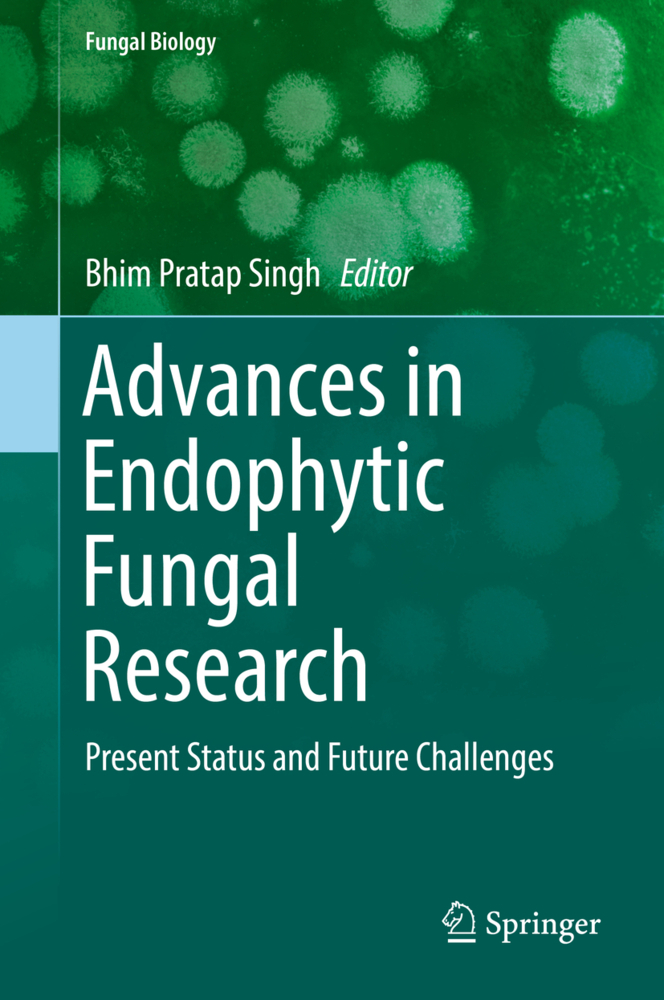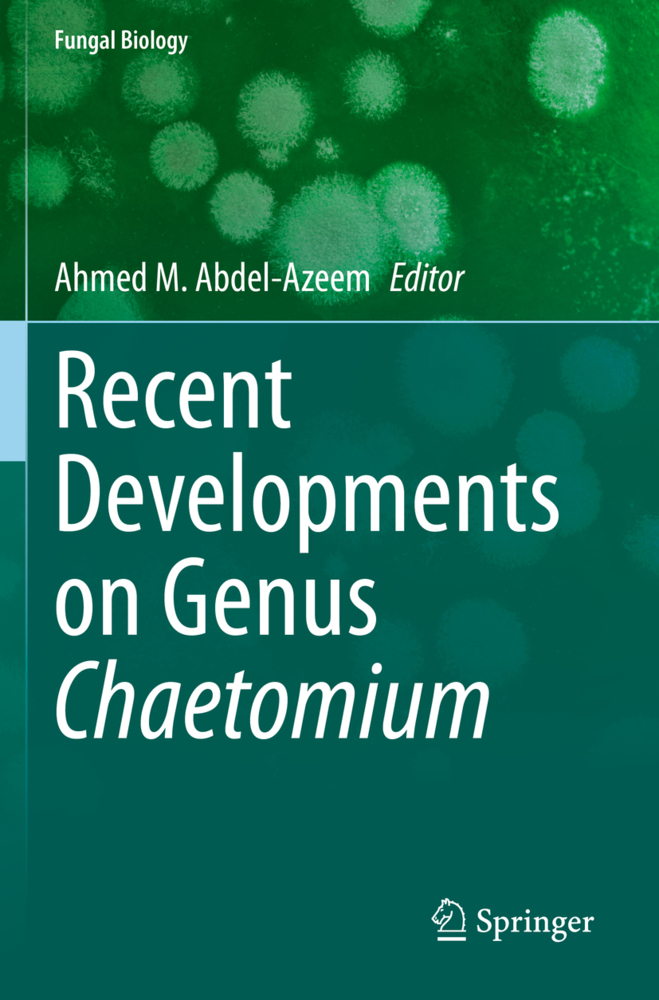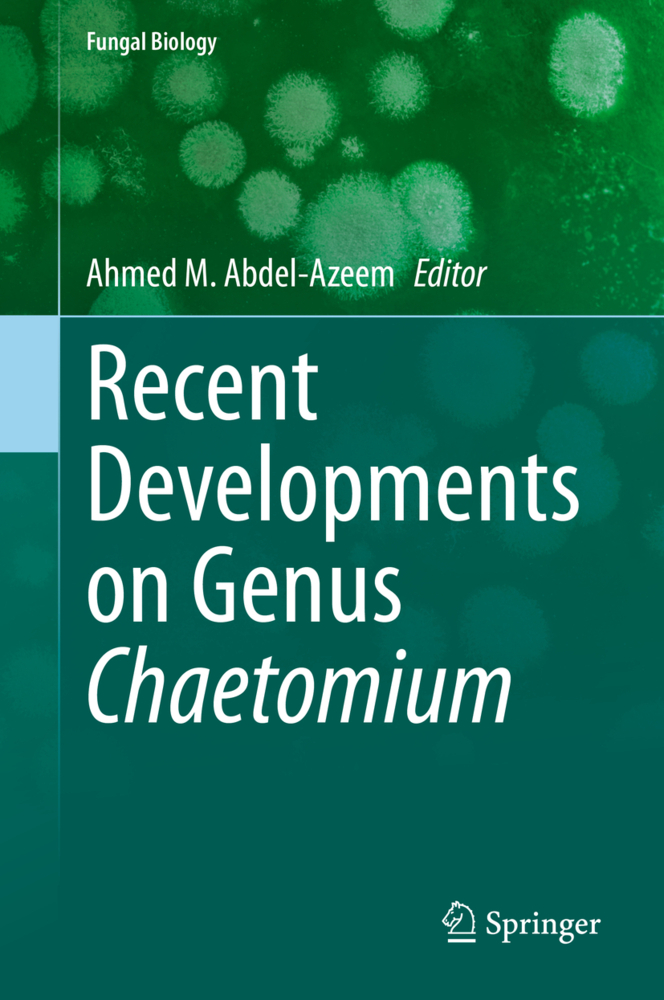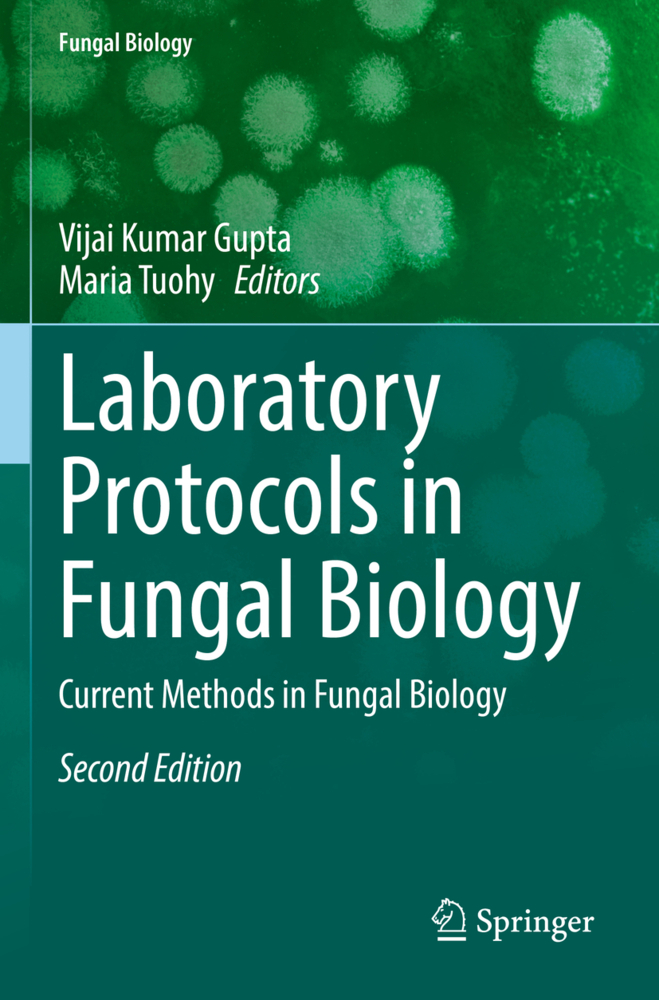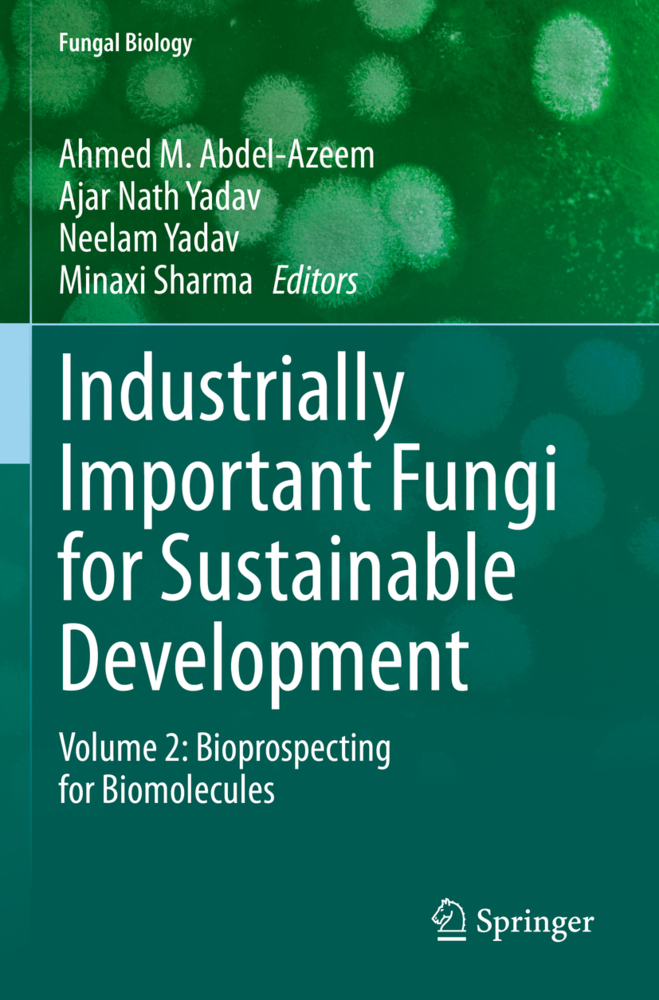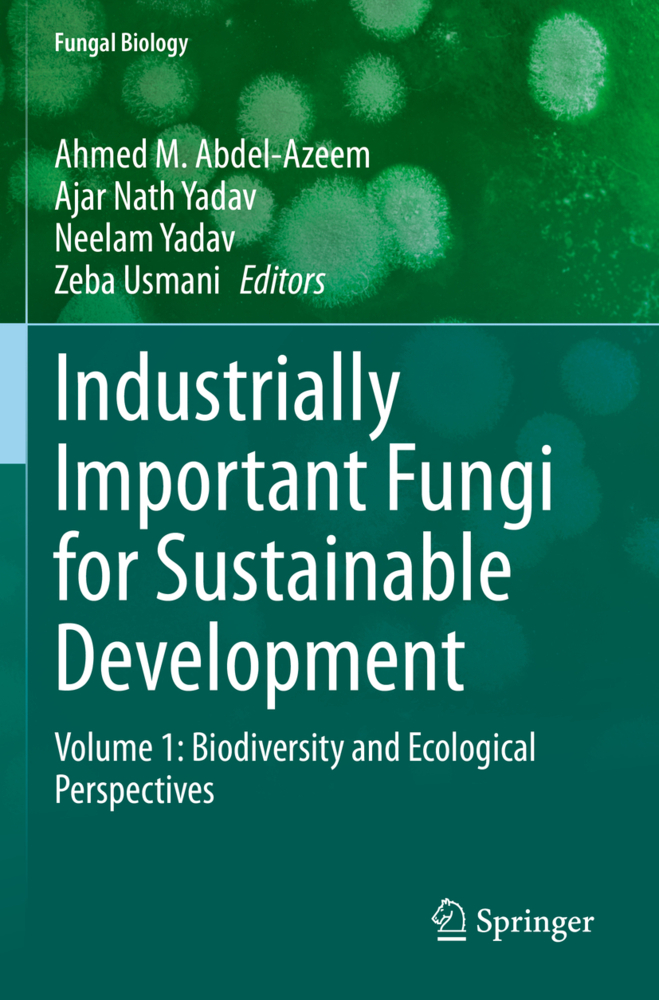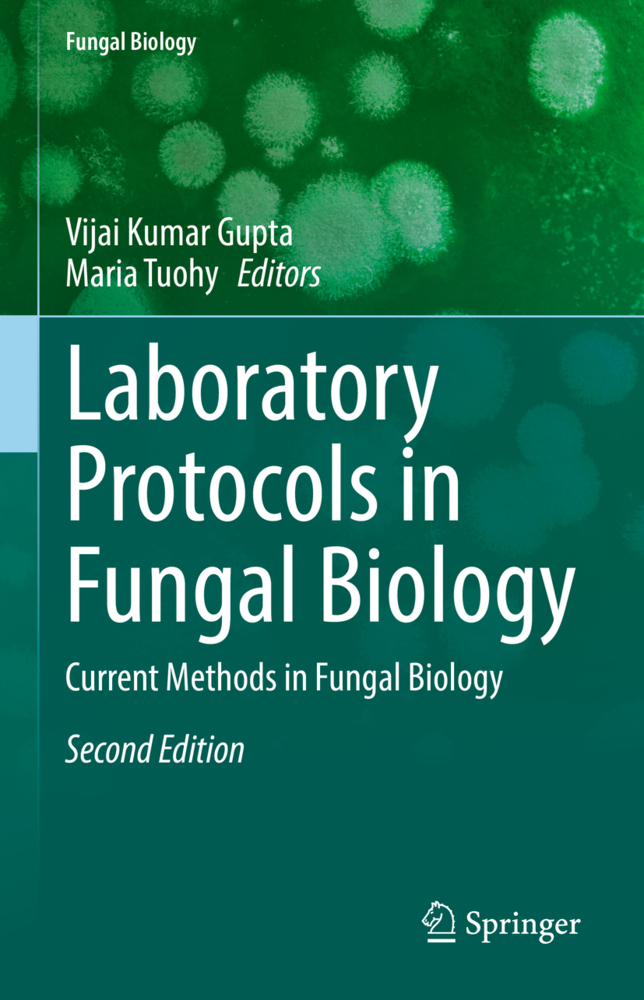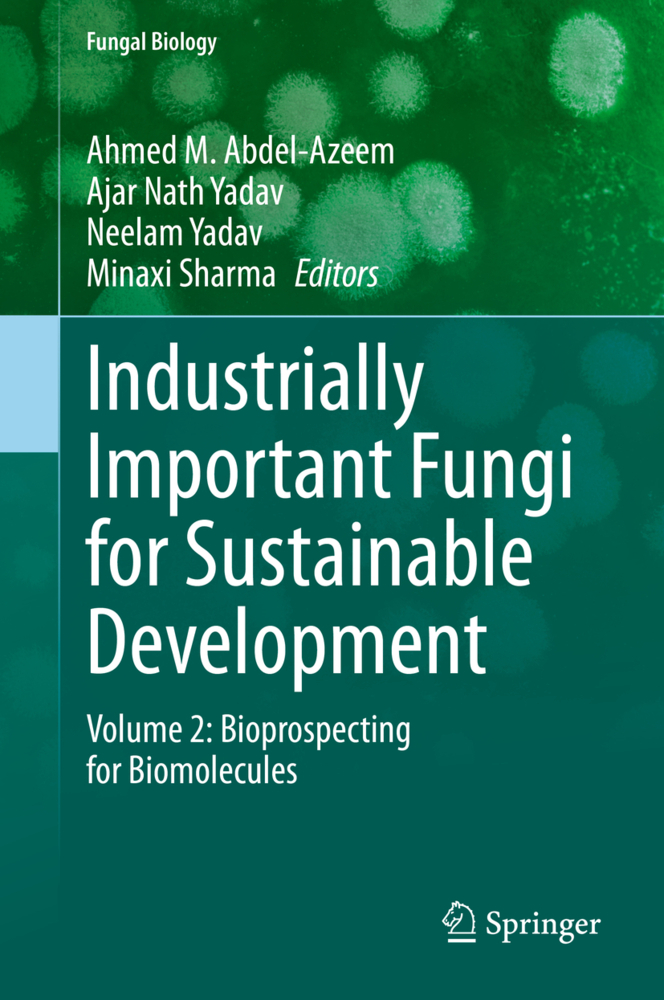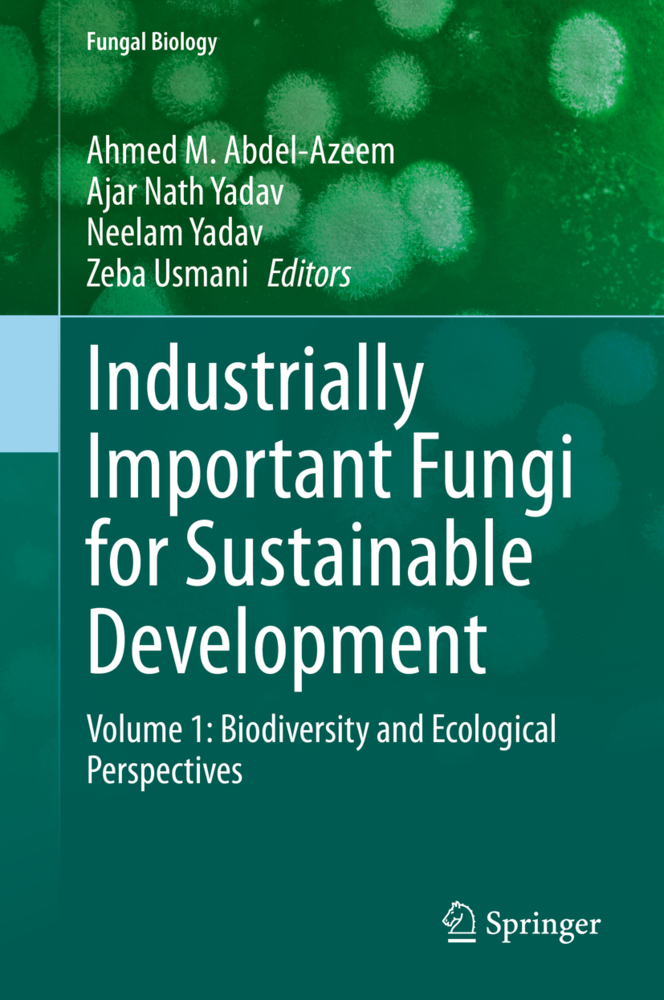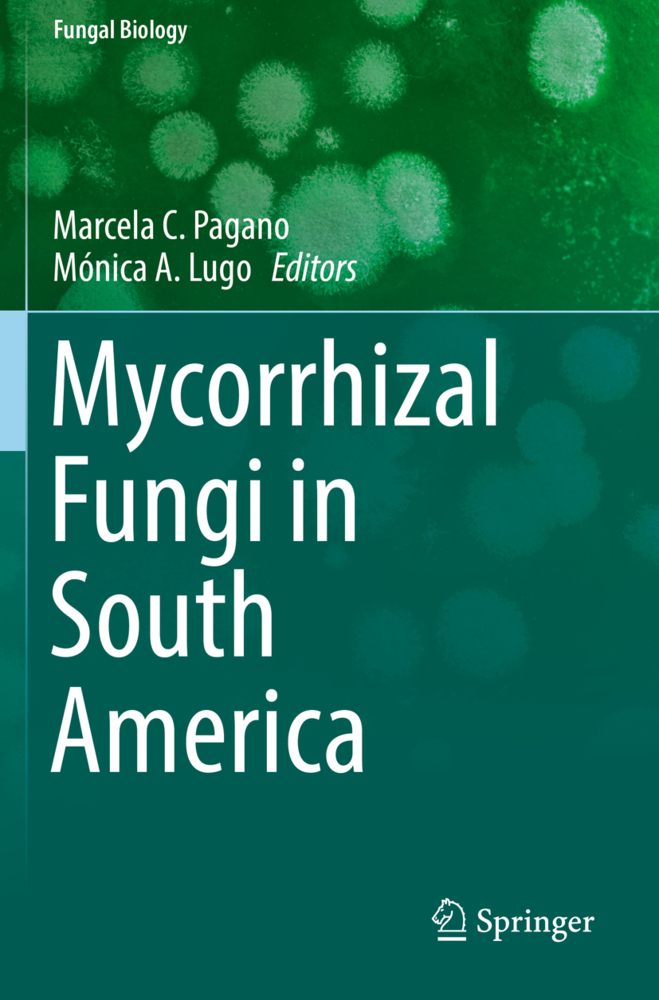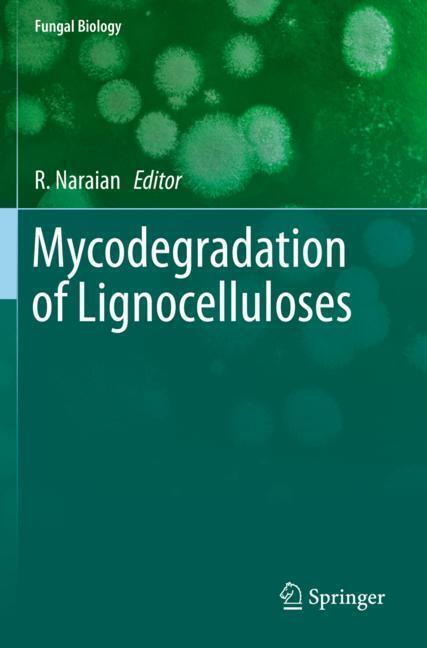Advances in Endophytic Fungal Research
Present Status and Future Challenges
Plant endophytes are a potential source for the production of bioactive compounds that can fight against devastating diseases in both plants and humans. Among these endophytic microorganisms, endophytic fungi are one of the dominant group of microorganisms with a potential role in plant growth promotion and the discovery of noble bioactive natural products. Endophytic fungi possess several bioactivities like anticancer, antimicrobial, insecticidal, plant growth stimulants, crop protection, phytoremediation, etc. Presence of modular biosynthetic genes clusters like PKS and NRPS in several endophytic fungi underscores the need to understand and explore such organisms. This volume presents and demonstrates the applied aspects of endophytic fungi. Practical applications of such endophytes are discussed in detail, including studies in pharmaceutical development and agricultural management of important microbial diseases. The beneficial effects that endophytic fungi provide to host plants-enhancing growth, increasing fitness, strengthening tolerance to abiotic and biotic stresses through secondary metabolites-are also discussed. The reader is provided with a comprehensive and detailed understanding of such relationships between endophytic fungi and their host.
Role of endophytic fungi in agriculture
Endophytic fungi as a alternative source for the discovery of novel drugs.- Spectroscopic based methods of assessing microbial natural products from endophytic fungi.- Synthesis of nanoparticles from endophytic fungi and their application in agriculture and health.- Biosynthetic potential of endophytic fungi with a focus on antimicrobial biosynthetic genes.- Role of endophytic fungi in biofilm production as an alternative tool to control human pathogens.- Plant growth promoting mechanisms of endophytic fungi associated with medicinal plants.- Antibiotics of endophytic fungal origin: an overview of research carried out in last three decades.- Endophytic fungi and their role in bioremediation.- Molecular methods used for the identification of endophytic fungi.- Future prospects of endophytic fungal research in health and agriculture.- Endophytic fungi as a source of lignocellulose degrading enzymes for industrial application.- Appendix I: Media used in the recovery of endophytic fungi.- Appendix II: Biosynthetic genes along with their amplification conditions
Index.
Preface
Endophytic fungi associated with medicinal plantsRole of endophytic fungi in agriculture
Endophytic fungi as a alternative source for the discovery of novel drugs.- Spectroscopic based methods of assessing microbial natural products from endophytic fungi.- Synthesis of nanoparticles from endophytic fungi and their application in agriculture and health.- Biosynthetic potential of endophytic fungi with a focus on antimicrobial biosynthetic genes.- Role of endophytic fungi in biofilm production as an alternative tool to control human pathogens.- Plant growth promoting mechanisms of endophytic fungi associated with medicinal plants.- Antibiotics of endophytic fungal origin: an overview of research carried out in last three decades.- Endophytic fungi and their role in bioremediation.- Molecular methods used for the identification of endophytic fungi.- Future prospects of endophytic fungal research in health and agriculture.- Endophytic fungi as a source of lignocellulose degrading enzymes for industrial application.- Appendix I: Media used in the recovery of endophytic fungi.- Appendix II: Biosynthetic genes along with their amplification conditions
Index.
Singh, Bhim Pratap
| ISBN | 978-3-030-03588-4 |
|---|---|
| Artikelnummer | 9783030035884 |
| Medientyp | Buch |
| Copyrightjahr | 2019 |
| Verlag | Springer, Berlin |
| Umfang | XIX, 360 Seiten |
| Abbildungen | XIX, 360 p. 30 illus., 24 illus. in color. |
| Sprache | Englisch |

